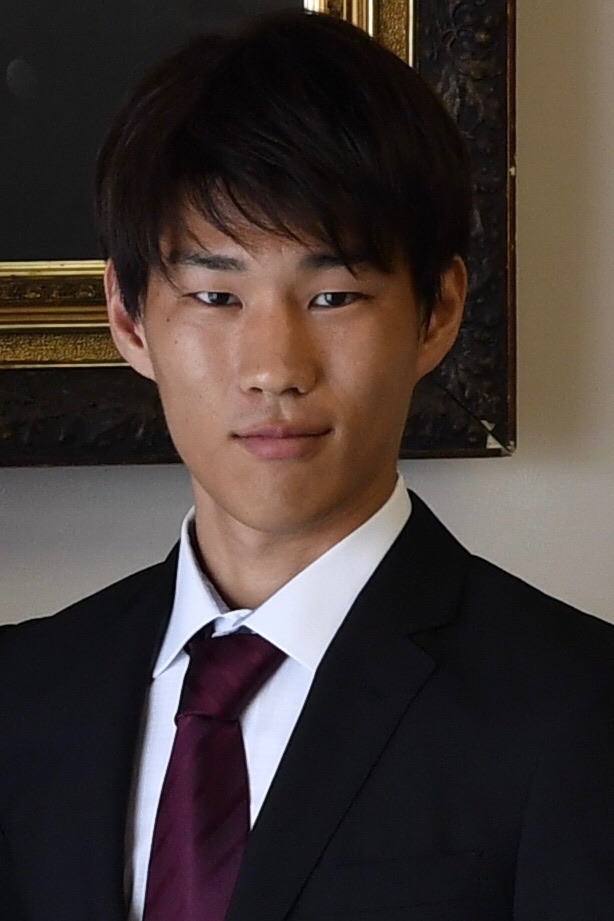Master’s Thesis: Decentralized Multiagent Trajectory Planning in Real-World Environments

In the rapidly evolving domain of unmanned aerial vehicle (UAV) applications, multiagent trajectory planning plays an indispensable role. The applications encompass search and rescue missions, surveillance, package delivery, and more. Each of these scenarios necessitates intricate coordination amongst multiple UAVs, driving the need for sophisticated multiagent trajectory planning.
Although many centralized trajectory planners exist, they hinge on a single entity for trajectory planning, making them less scalable and challenging to deploy in real-world environments. To address this hurdle, the focus has shifted towards decentralized multiagent trajectory planners, where each agent independently plans its trajectory. In this thesis, we introduce two novel approaches —Robust MADER (RMADER) and PRIMER, aiming at further advancing the field of decentralized multiagent trajectory planning for UAVs. One of the primary hurdles in achieving a multiagent trajectory planner lies in the development of a system that is both scalable and robust, and can be effectively deployed in real-world environments. These environments present numerous challenges, including communication delays and dynamically moving obstacles. To counter these hurdles, we propose RMADER, a decentralized, asynchronous multiagent trajectory planner. RMADER is designed to be robust to communication delays by introducing (1) a delay check step and (2) a two-step trajectory-sharing scheme. RMADER guarantees safety by always keeping a collision-free trajectory and performing a delay check step, even under communication delay. To evaluate RMADER, we performed extensive benchmark studies against state-of-the-art trajectory planners and flight experiments using a decentralized communication architecture called a mesh network with multiple UAVs in dynamic environments. The results demonstrate RMADER’s robustness and capability to carry out collision avoidance in dynamic environments, outperforming existing state-of-the-art methods with a 100% collision-free success rate.
While RMADER achieves highly scalable and robust multiagent trajectory planning, it requires agents to communicate to share their future trajectories. However, due to localization errors/uncertainties, trajectory deconfliction can fail even if tra3jectories are perfectly shared between agents. To address this issue, we first present PARM and PARM, perception-aware, decentralized, asynchronous multiagent trajectory planners that enable a team of agents to navigate uncertain environments while deconflicting trajectories and avoiding obstacles using perception information. PARM differs from PARM as it is less conservative, using more variables to find closer-to-optimal solutions. Though these methods achieve state-of-the-art performance, they suffer from high computational costs as they need to solve large optimization problems onboard, making it difficult for agents to replan at high rates. To overcome this challenge, we present PRIMER, a learning-based planner trained with imitation learning (IL) using PARM* as the expert demonstrator. PRIMER leverages the low computational requirements at the deployment of neural networks and achieves much faster computation speed than optimization-based approaches.
In summary, this thesis puts forth RMADER and PRIMER as innovative solutions in the realm of decentralized multiagent trajectory planning, enhancing scalability, robustness, and deployability in real-world UAV applications.
